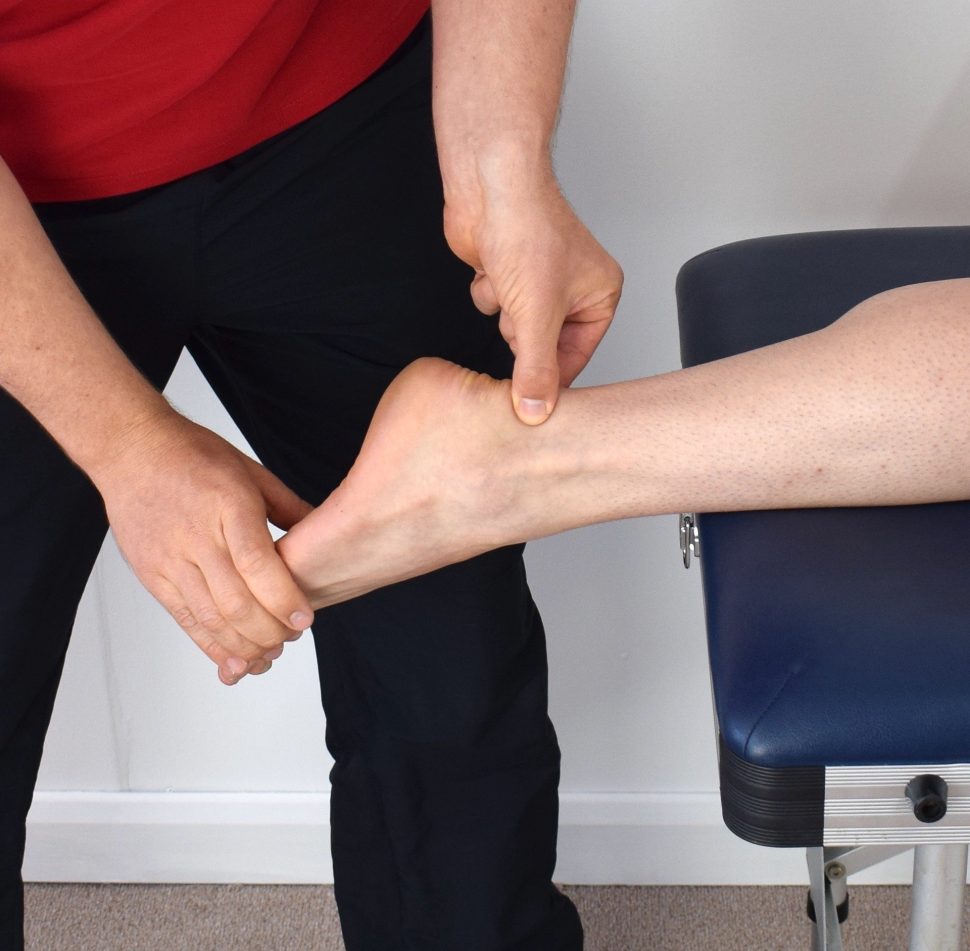Cyclist
Common winter cycling injuries and how to avoid them
Colder weather can cause a lot of cyclists to move inside and onto the turbo trainer, not just because of the often biting conditions but also slippery and potentially hazardous roads which can lead to higher risk of injury.
Winter technically starts on December 21st but whatever the season is officially, it is important to be prepared and ensure you are cycling as safely as possible.
We spoke to the experts to find out what the most common winter injuries are and what cyclists can do to avoid them.
Should I warm up before a bike ride?

According to Dan Guillemette, Specialist Cycling Physiotherapist at CHHP, the most important thing to do in order to minimise the risk of injury is to have a short warm up routine.
‘Having a short warm-up routine can be really beneficial, especially when the weather is very cold. Whether that is integrating a short dynamic stretch & warm-up with a few simple exercises and mobility drills or starting your ride with a higher cadence.’
He adds that cyclists should not forgo the warmup when riding indoors.
- For more information on warm ups read our detailed guide to warming up for cycling.
Most common winter cycling injuries
Tendon injuries

In cold weather, the risk of injury increases due to muscular tightness which puts additional pressure on joints and tendons.
‘Tendon injuries, such as tendonitis, can be exacerbated in winter as cold weather can lead to a decrease in blood flow,’ explains Glenn Etherington, senior physiotherapist at Ultra Sports Clinic.
‘If a suitable warm-up routine is not adhered to, it is harder for the blood to circulate around the body warming you and your muscles up. The body’s pain receptors can then become more sensitised, making an initial niggle or injury feel far worse than it is, and making it harder to cycle.
‘The decreased blood flow also increases muscular fatigue post-training causing more muscular ache – another reason for an increased injury risk upon your next cycle.’

Clothing layers can also aggravate these potential tendon issues, according to Nichola Roberts, specialist cycling physiotherapist at VeloPhysio.
‘Overshoes, zips in tights and leg warmers that compress the Achilles tendon can cause peri tendinitis. Knee warmers and tights that are ill fitting can also aggravate knee pain with excessive compression over the knee cap. This is usually exacerbated when wet.
‘It is crucial to ensure that you have full movement in whatever you wear and ensure that both your knee and ankle tendon are free from compression.’
Fractures

For Roberts, however, the most common injury relates to fractures caused by falling on ice, something even a set of the best winter road bike tyres can’t prevent.
These are usually of the collarbone, but she has also regularly seen pelvis, shoulder and hip fractures.
‘It is important to look at the weather forecast even if where you are cycling might be ice-free. Ice can be unpredictable, under puddles, in shady corners and by leaking pipes, and it is often a few degrees colder on country lanes.’
A 2018 Royal Society for the Prevention of Accidents paper found that falling on ice was the second highest cause of cyclist admissions to English hospitals, the first being colliding with a vehicle.
The paper found that around 10,000 cyclists visit A&E every year as a result of slipping on ice.
Should cyclists have insurance?

Given the risks associated with winter cycling, it is advisable to have a solid insurance plan, not just for your bike but also for you.
However, despite the added risks associated with winter cycling, cycling insurance company Pedalsure does not see an increase in personal injury claims over winter.
‘It seems counter-intuitive given the more treacherous conditions but it’s likely down to a combination of a few factors, including fewer people cycling during winter generally and winter cyclists tending to be experienced year-round cyclists which could mean they are more careful on the roads,’ explains Pedalsure claims manager, Chloe Greener.
‘We generally see a noted increase in personal injury claims at the start of the season (April/May) due to more people cycling, many of whom who haven’t ridden for 4-6 months.’
Whatever the weather, make sure you’re prepared with our guide on cycling through winter. And for more tips, head to our winter cycling advice hub page
The post Common winter cycling injuries and how to avoid them appeared first on Cyclist.